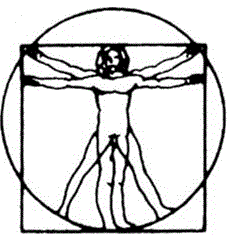Delta Brain Waves
(1 - 3 Hz)

Delta waves reflect the unconscious mind and are involved with our ability to relax and let go.
This brain wave frequency is dominant in infants from up to one year of age and is present in the deeper stages of dreamless sleep. It tends to be the highest in amplitude and the slowest in waves. We increase delta waves to decrease our awareness of the physical world.
People with ADD/ADHD tend to increase delta frequencies when they attempt to focus. This is the opposite of what needs to happen. Peak performers decrease delta waves when high focus is required.
Spikes of delta wave activity can also be found after white-matter injury. When white-matter damage occurs, axons are torn from their cell bodies and no longer connect neurons. While the neurons do not die, they are unable to communicate with other neurons. These broken connections cannot be repaired, but brainwave training can potentially create new neuron connections and/or help calm the activity in the affected area.
When delta is found in high amplitude and is evenly distributed, it usually relates to a brain that requires training to reduce delta and is often responsive to training. Delta found in the frontal lobes is often related to poor attention. Obsessive behaviors are also associated with low frequency delta in the frontal lobes. Delta that is found throughout the brain can be associated with dissociation. This is related to repression of traumatic experiences.
The lowest of brainwave frequencies, delta waves are less than 4 Hz and occur during deep sleep. Delta waves reflect the unconscious mind and are involved with our ability to relax and let go. In these frequencies, our bodies are healing and growing in the stages of deep, non-REM sleep.
